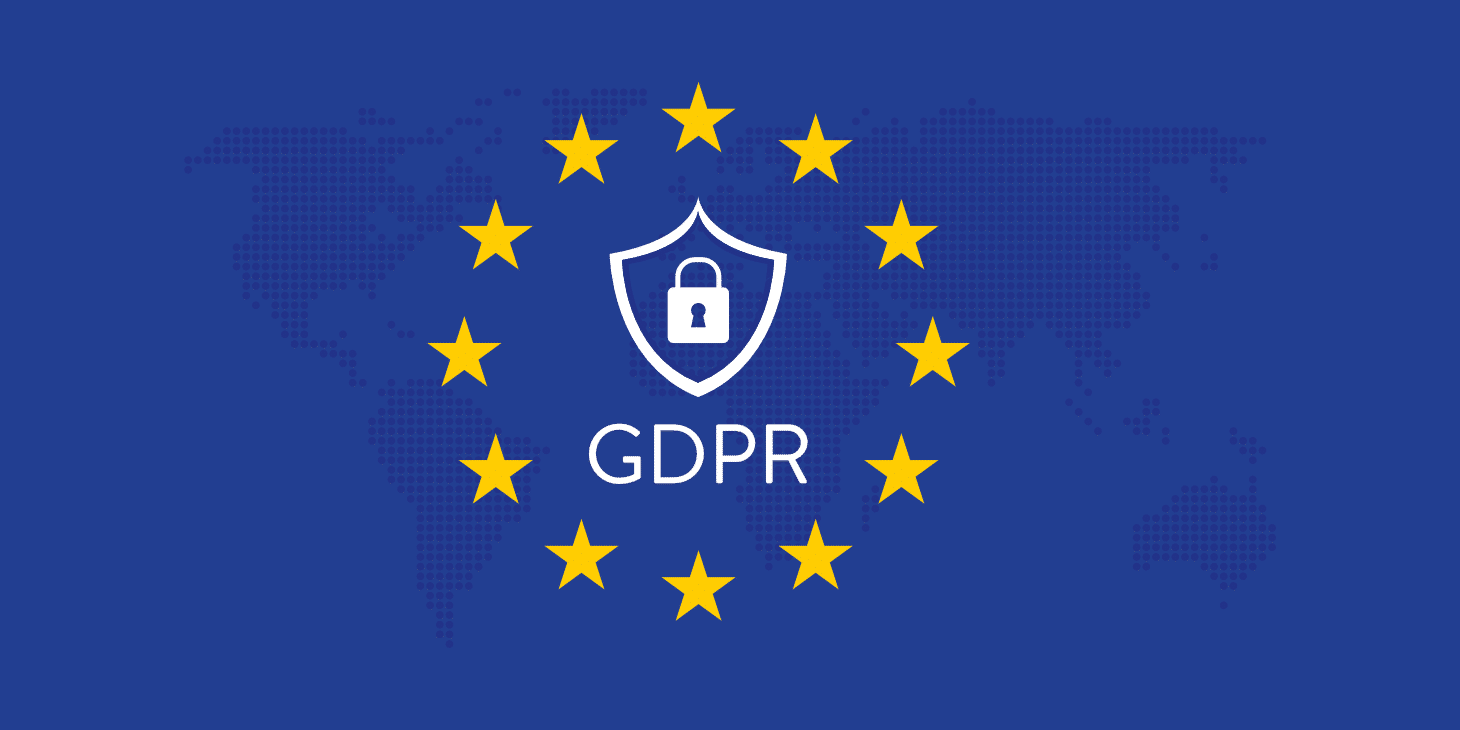Capture your ideas and create content more easily
Konch attaches time codes to every word you speak so that you can do remember your thoughts, correct your intentions, and produce ideas for you writings more freely.

When it comes to capturing your thoughts, it can be frustrating when words fail to come out as you intended. This is where voice dictation comes in as a valuable tool for capturing your message. Behind-the-scenes, the technology of automated speech recognition (ASR) converts your spoken words into text. However, ASR technology still has its limitations and can result in pain points such as the microphone shutting off in the middle of a recording, or the resulting text not accurately reflecting what was said.
Konch offers a solution to these issues by aligning your audio directly with your words. This allows you to easily re-listen to your recording and make adjustments, eliminating the frustration of having to recreate your message from memory. Konch's ASR technology provides a seamless and accurate transcription experience, so you can focus on what truly matters - communicating your message.
What are time codes?
Audio time codes, a type of metadata, serve as markers in audio files to denote the exact time and date of the recording. In transcription, they are meticulously recorded for every spoken word, creating a comprehensive timeline of the audio file and enabling easy identification of specific sections within it."
For example, you can see the seconds marked for each word spoken below. In this example, the word “fox” was uttered between .5 and .9 seconds from the beginning of the recording.

If the word “jumped” was incorrectly transcribed we must change "jumped" to correct word "slept" resulting in:

Notice how changing the word did not change the time code.
This is a simple example of how the location of the audio retains a connection to the transcription, allowing users to translate, subtitle, and correct their content with all the original media provided.
With that capability, you can even translate into other languages and still get meaningful subtitles.



